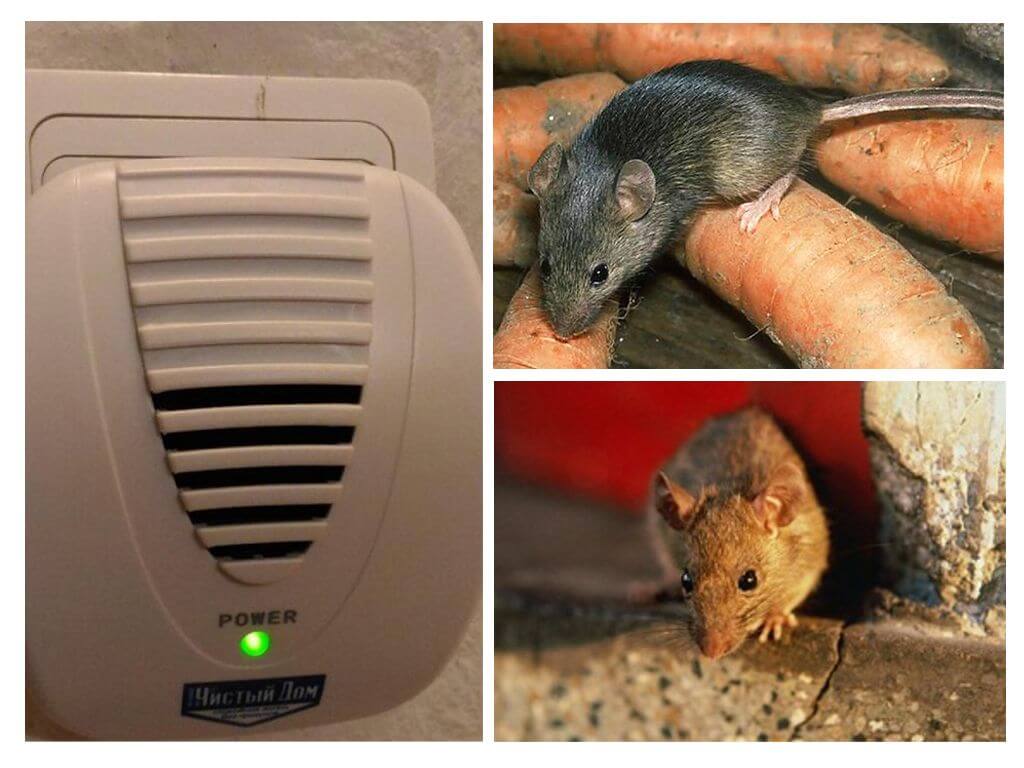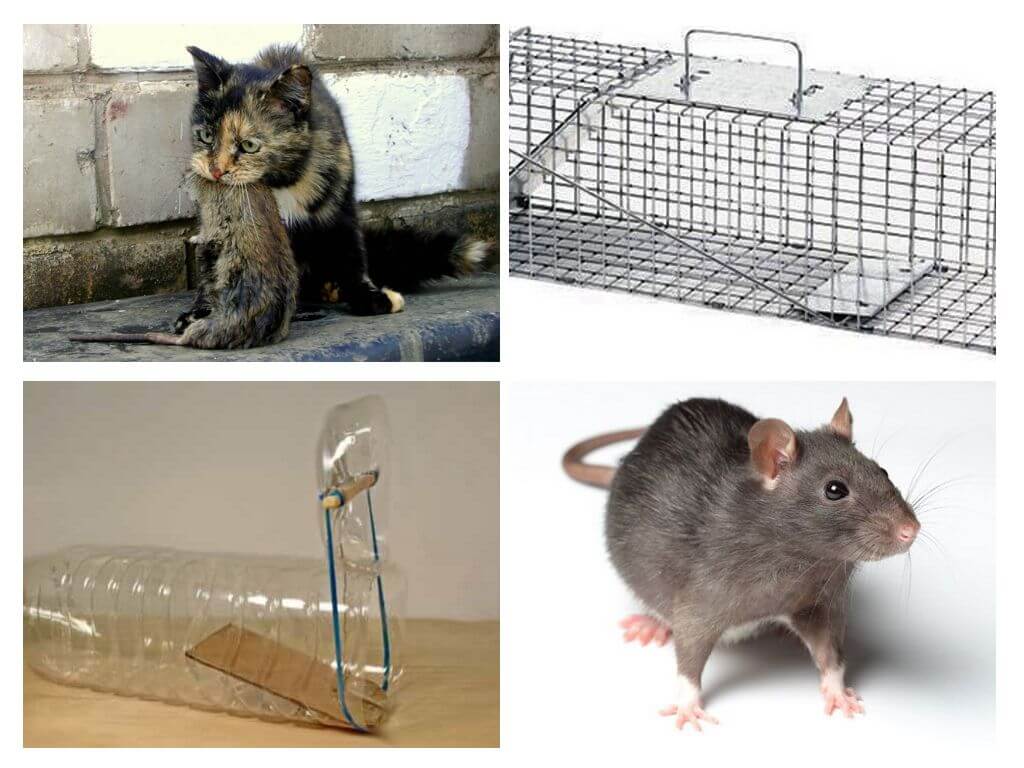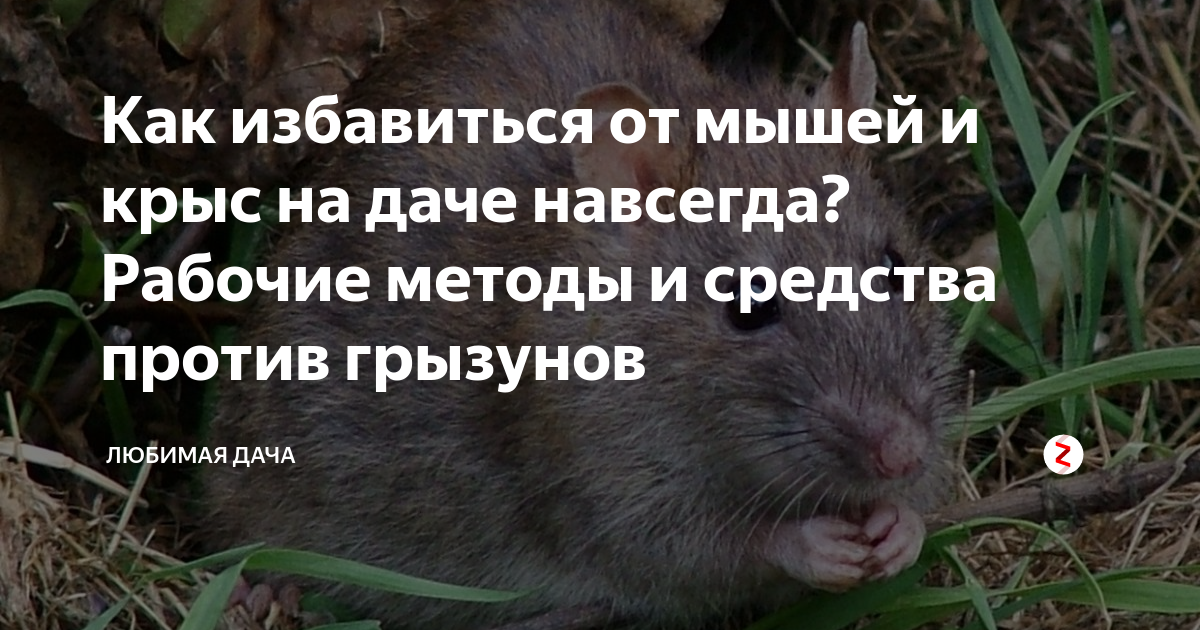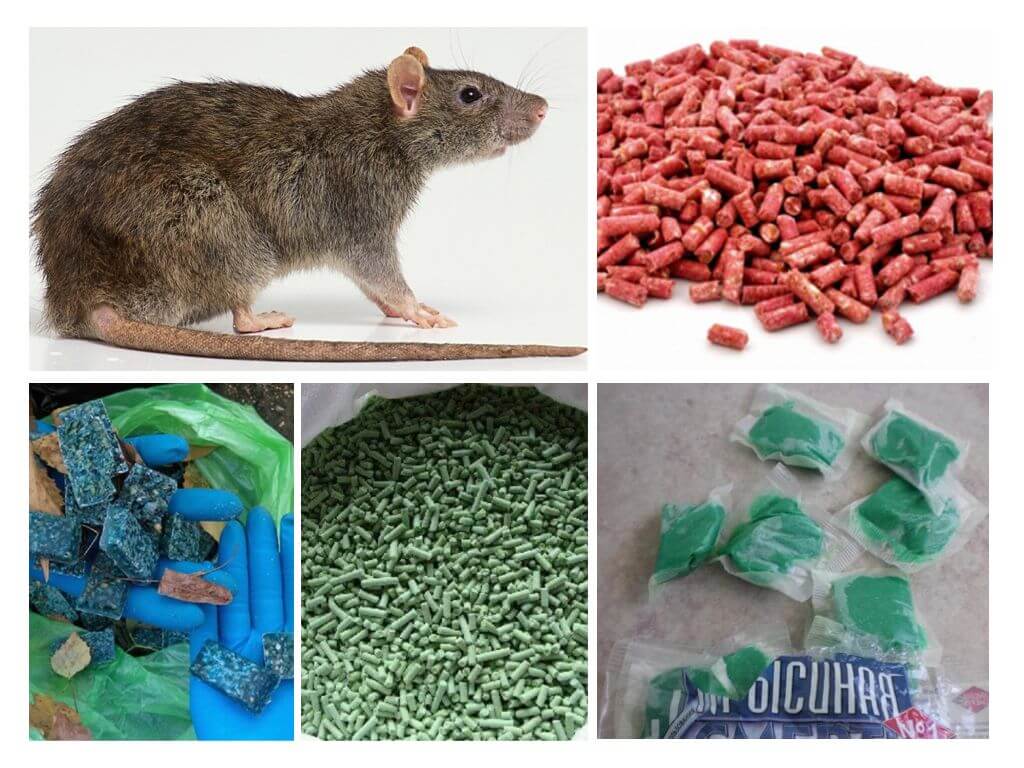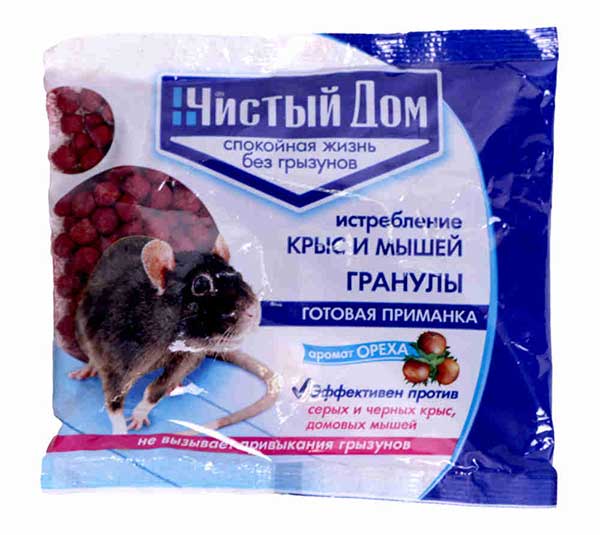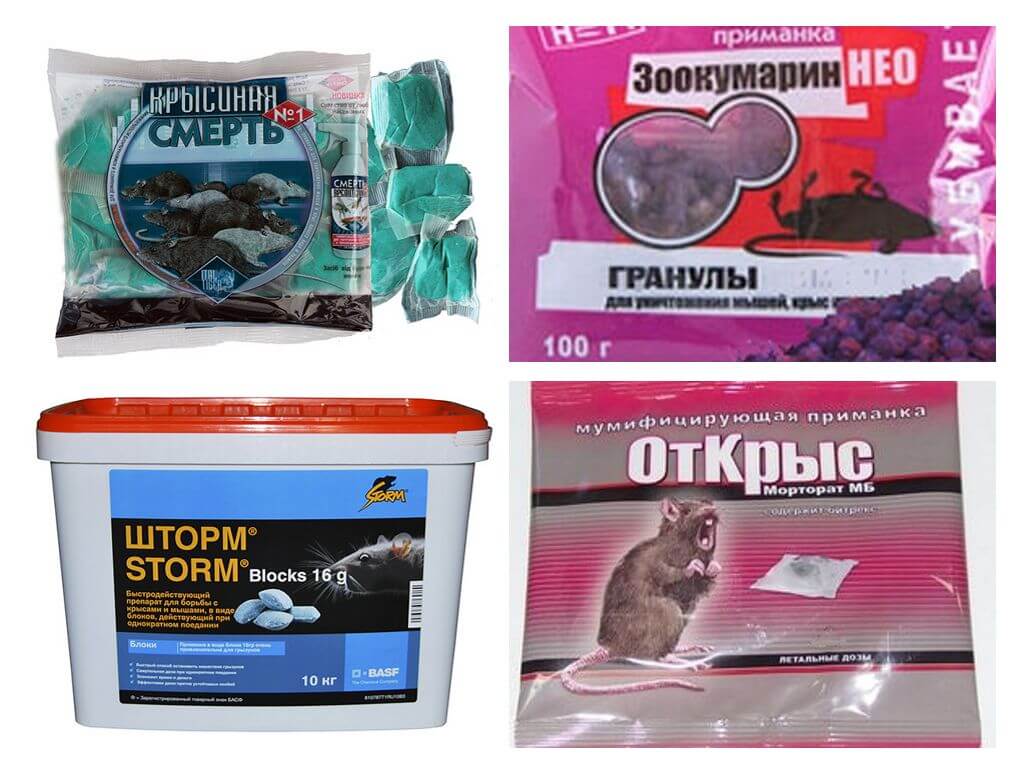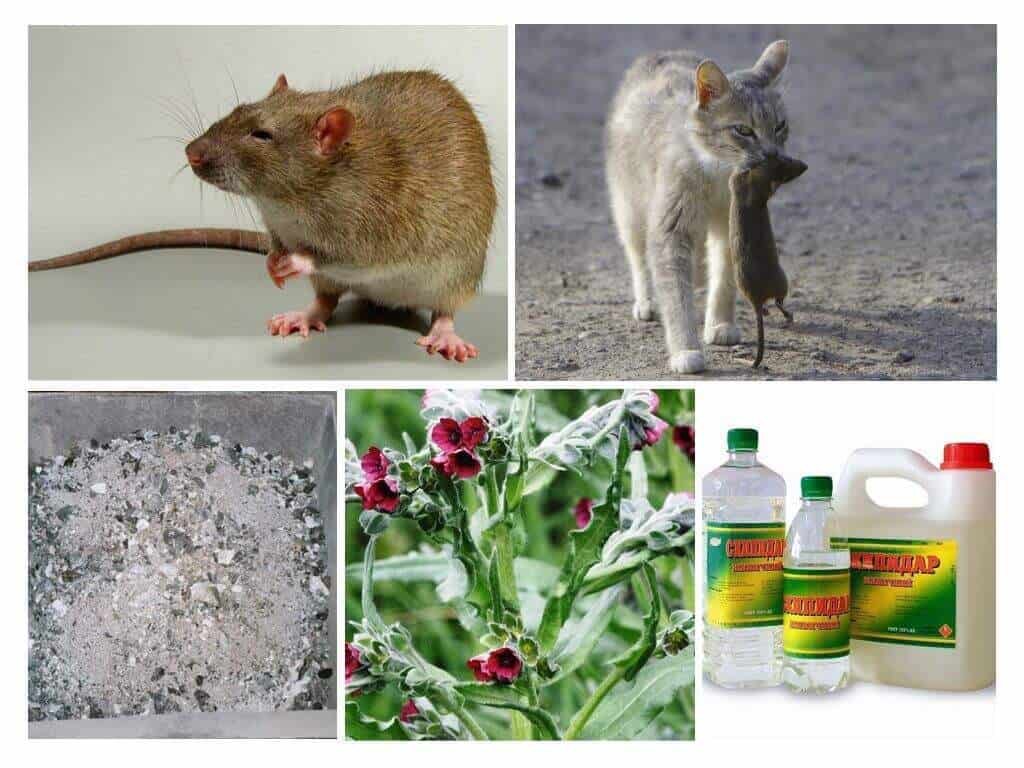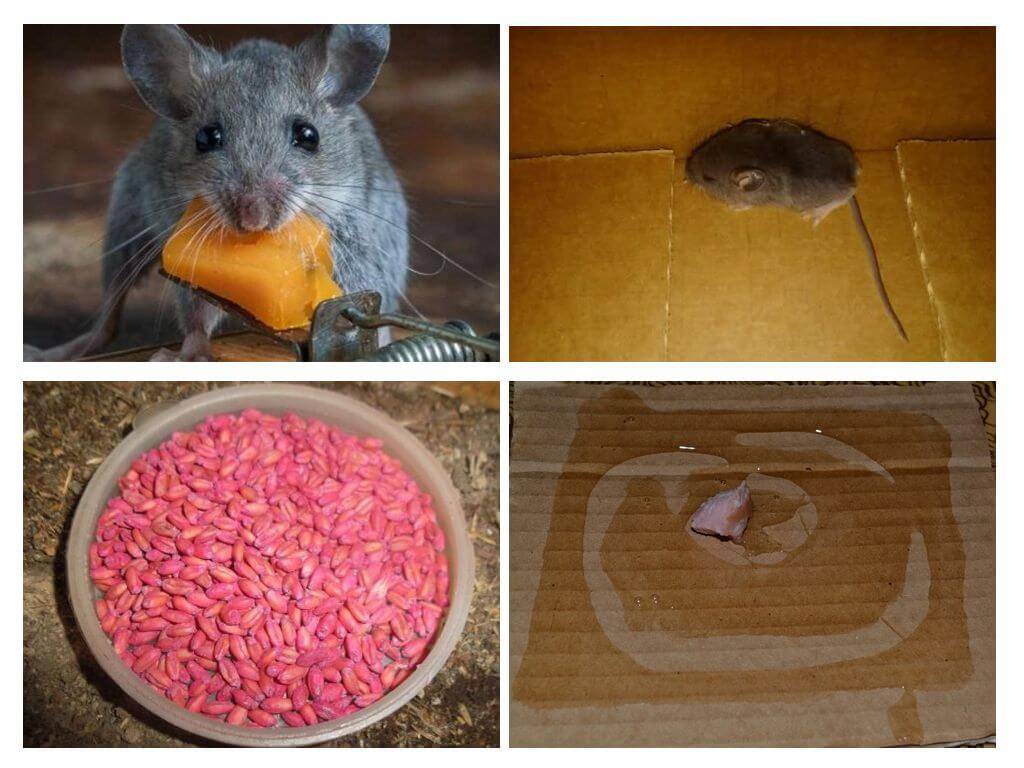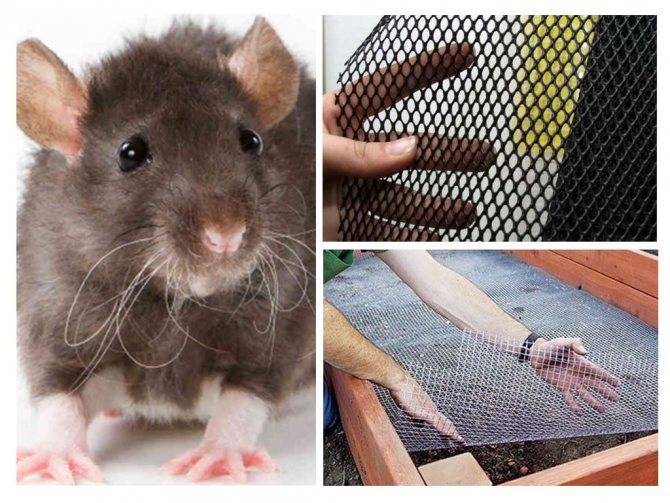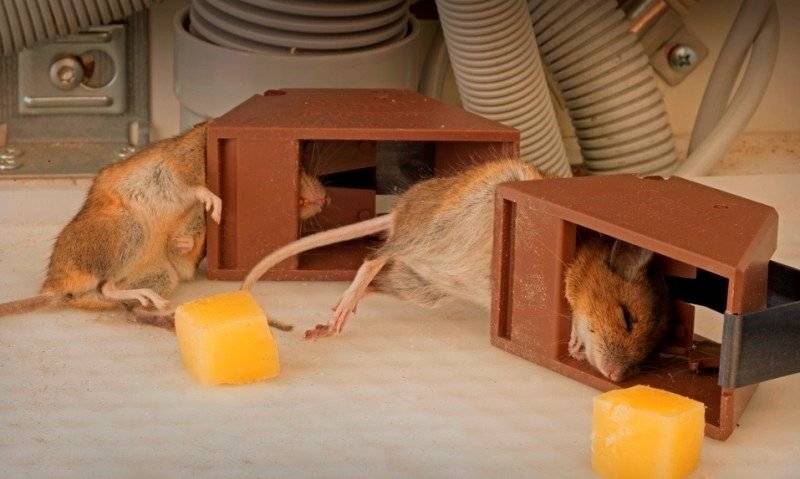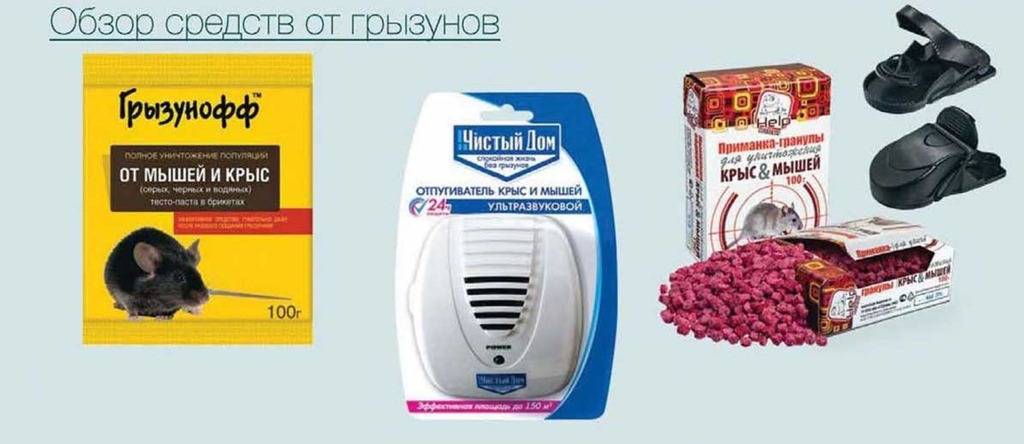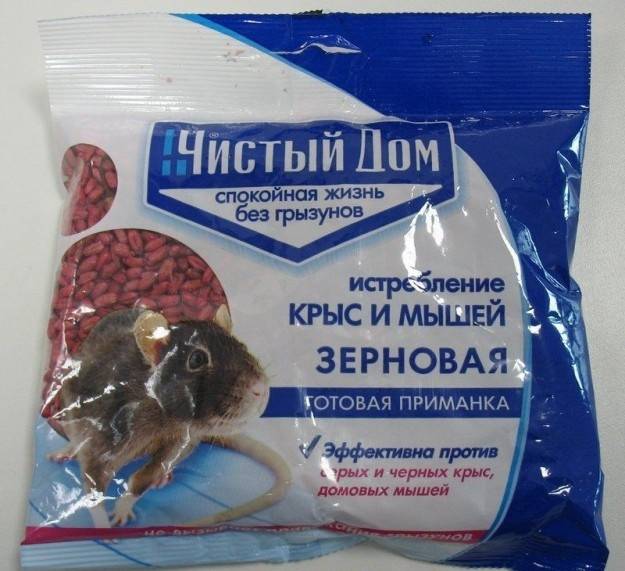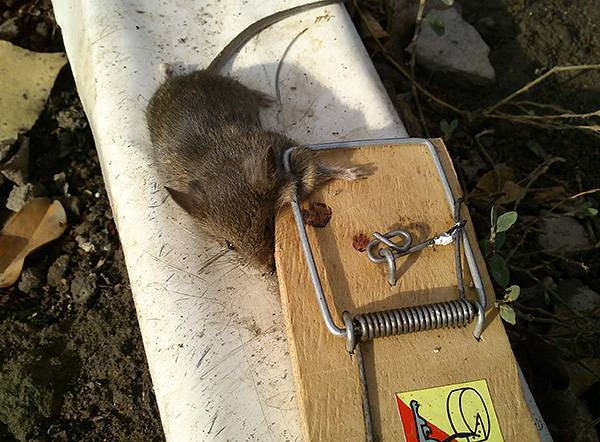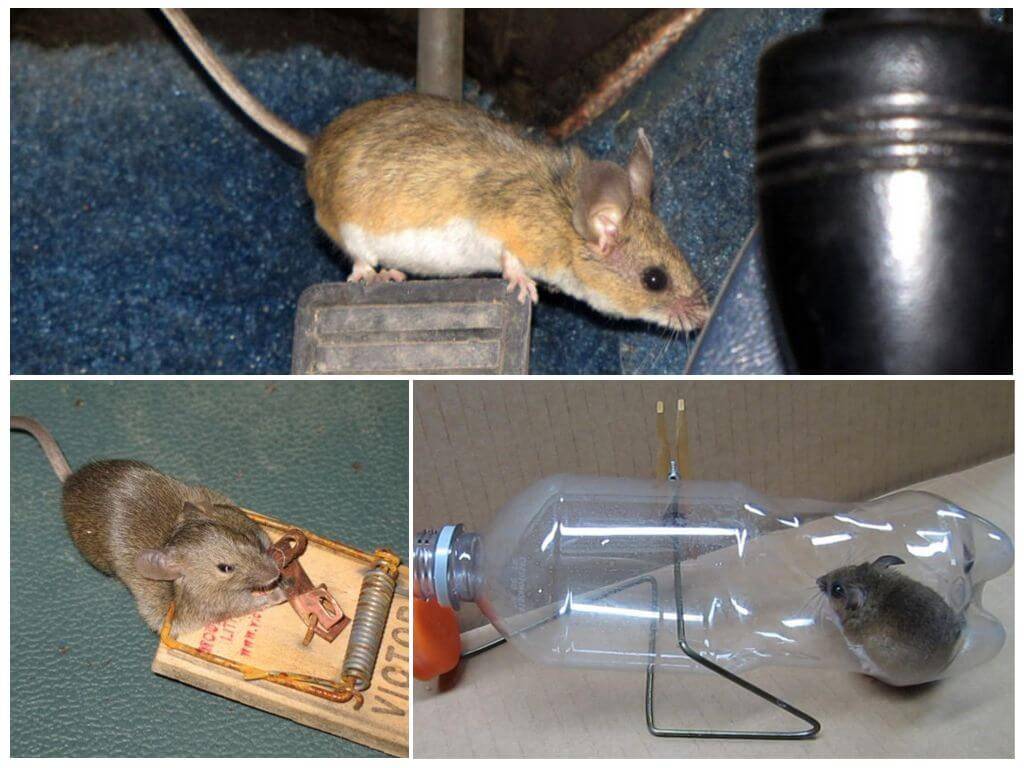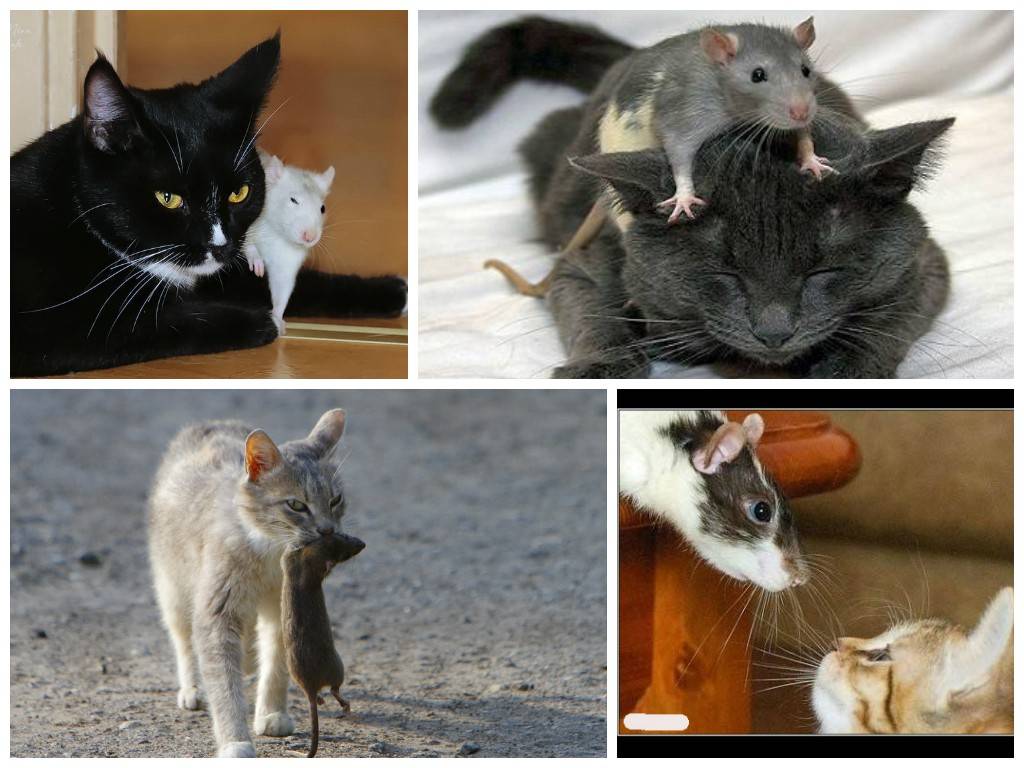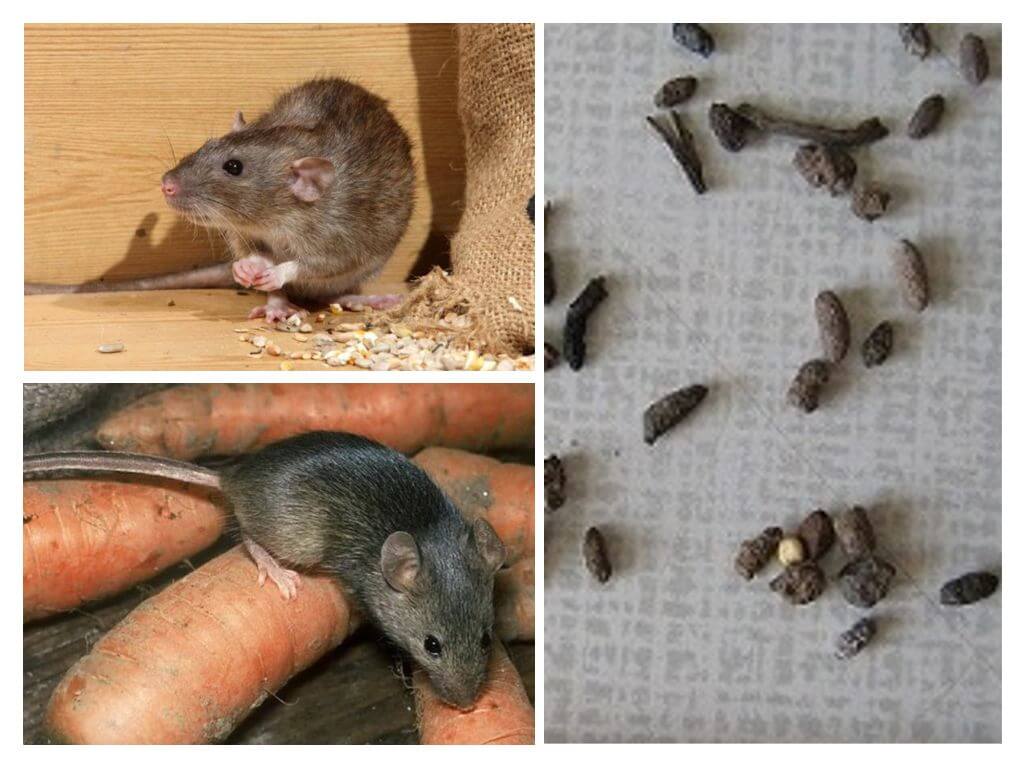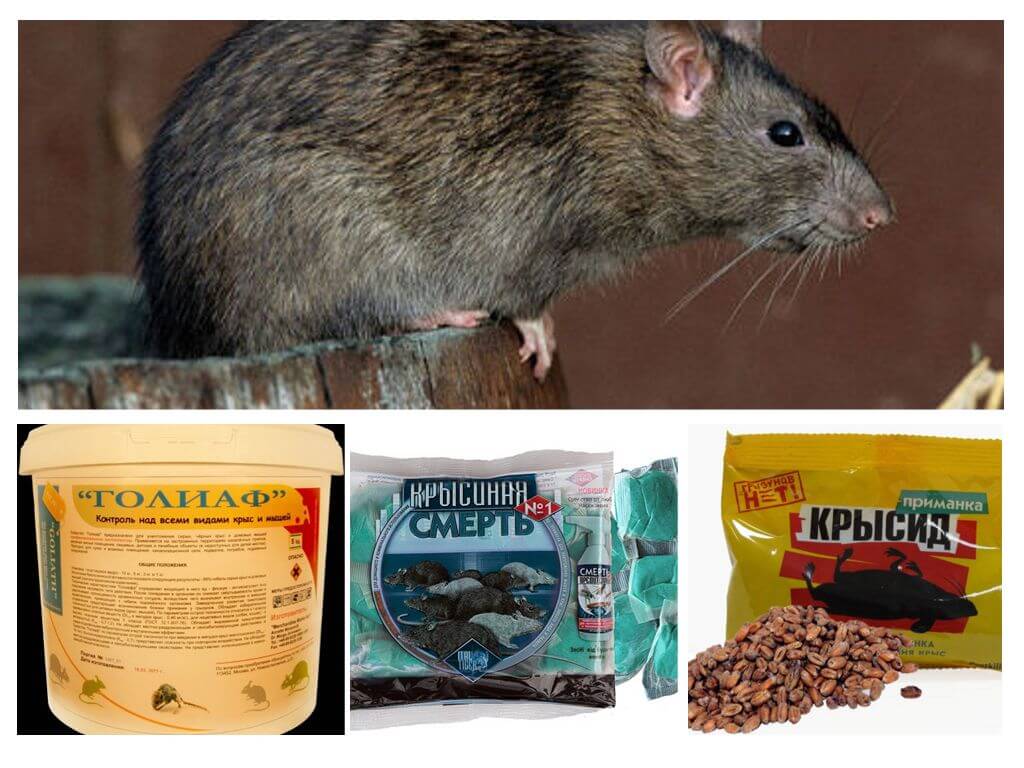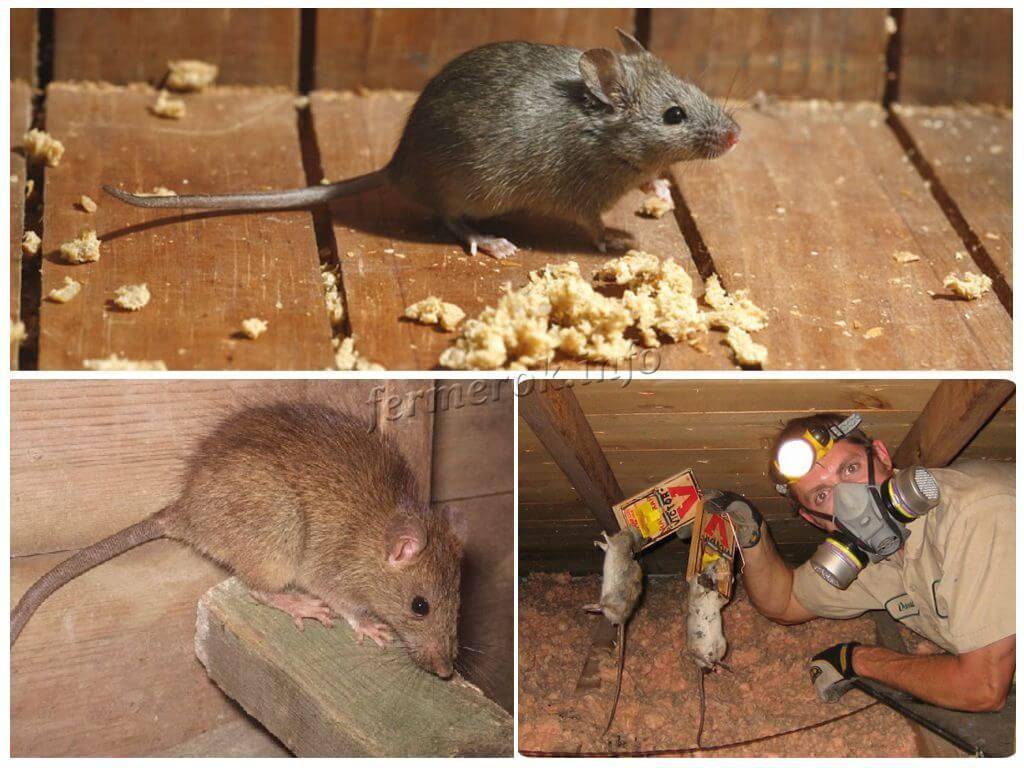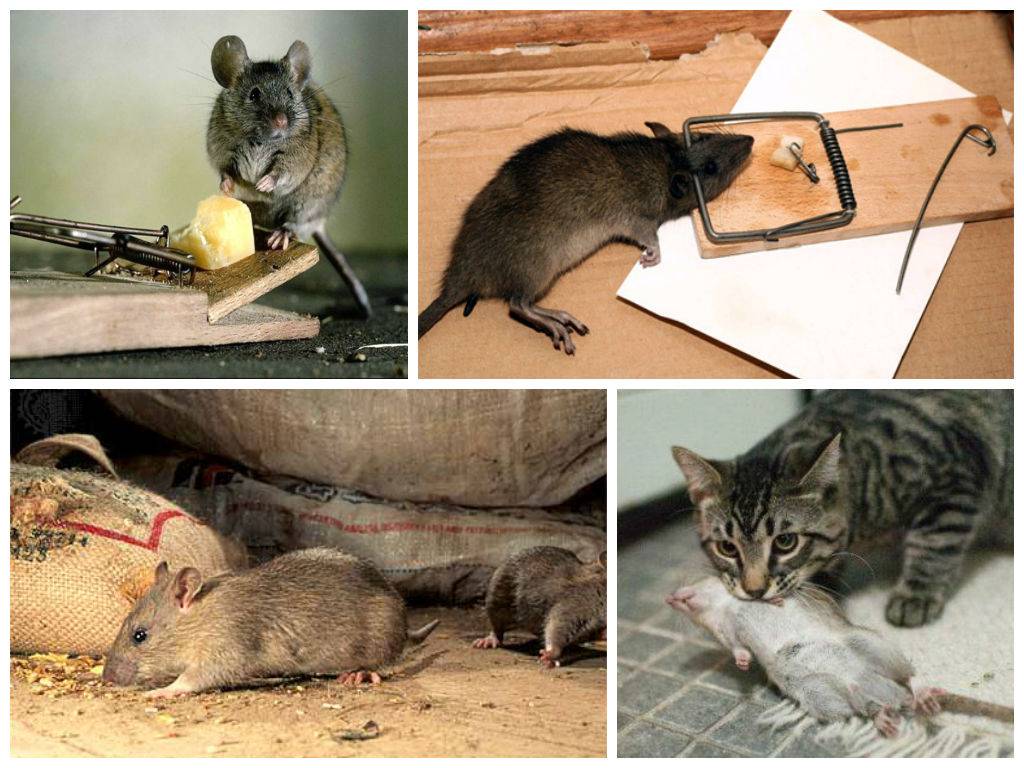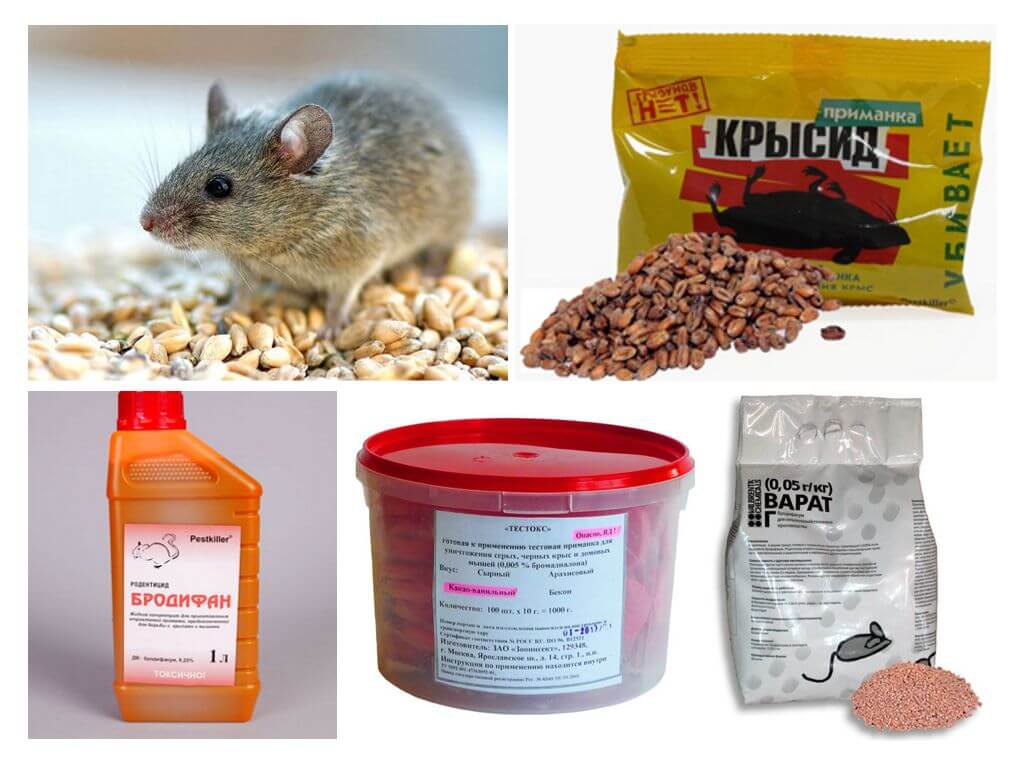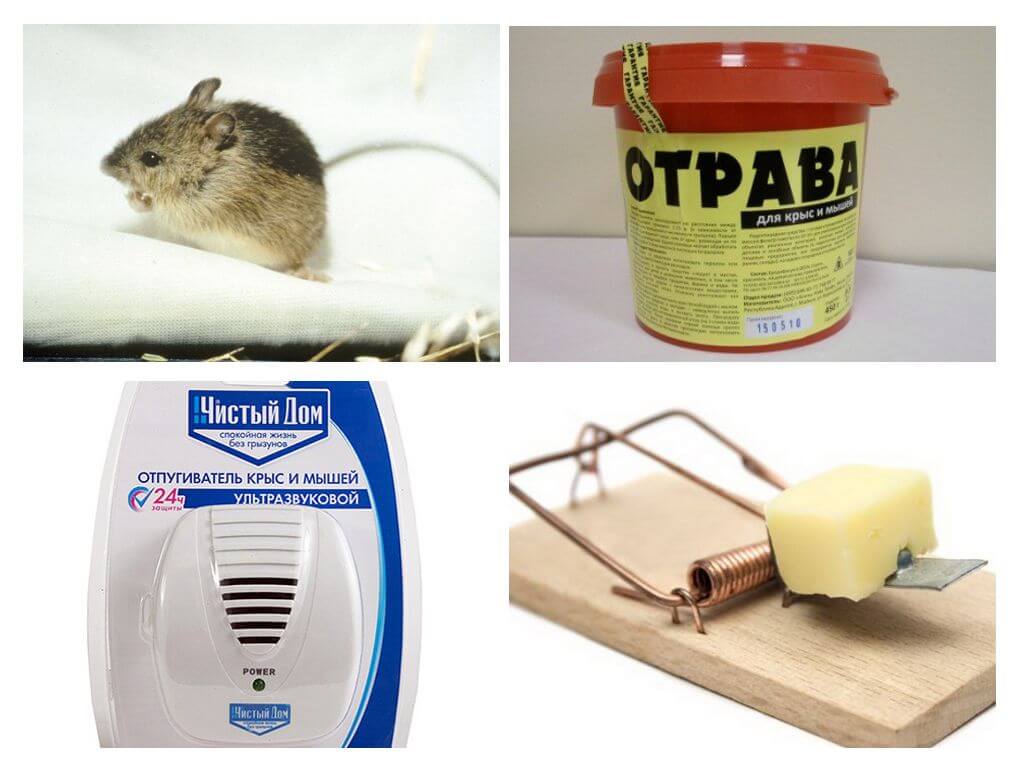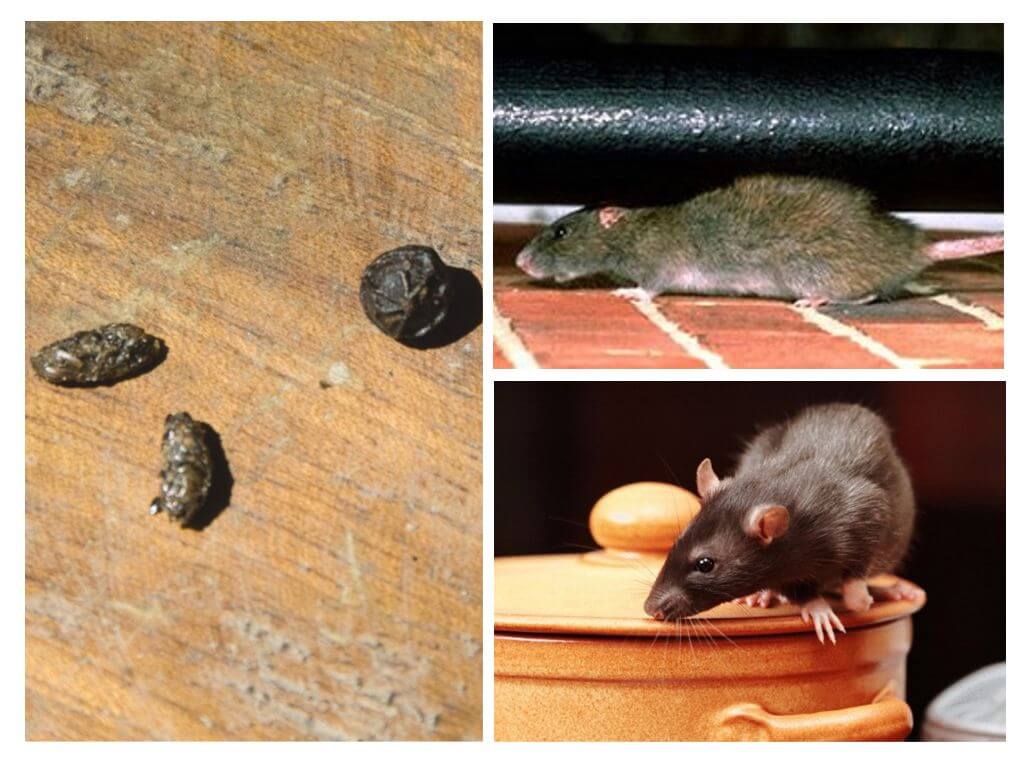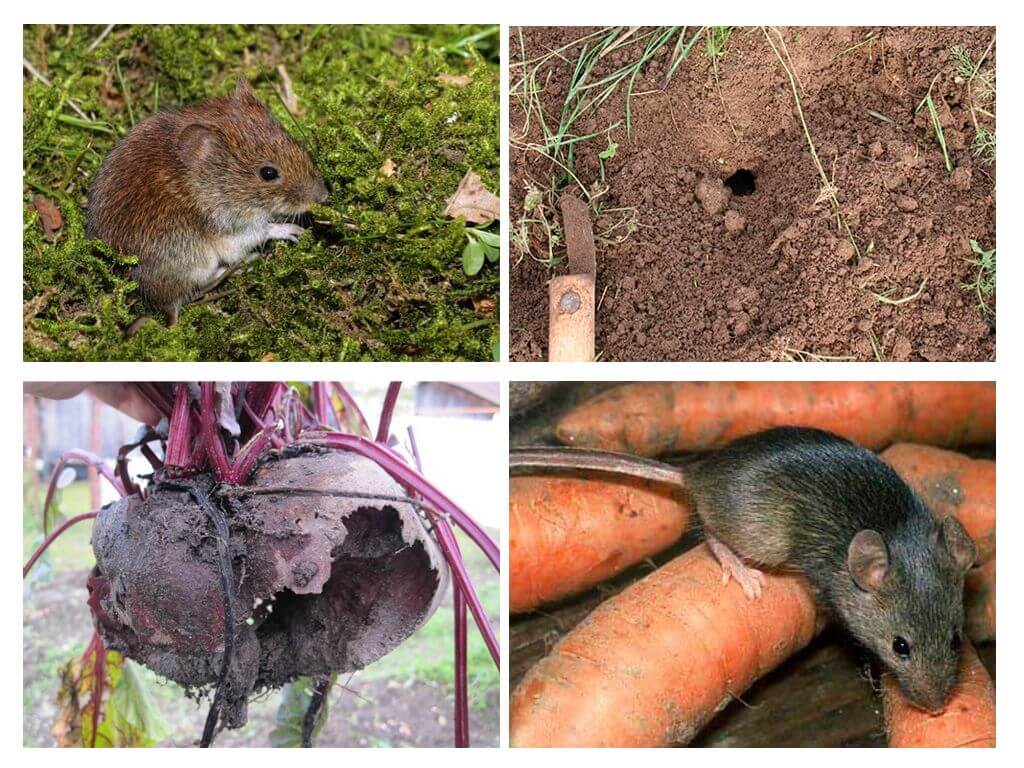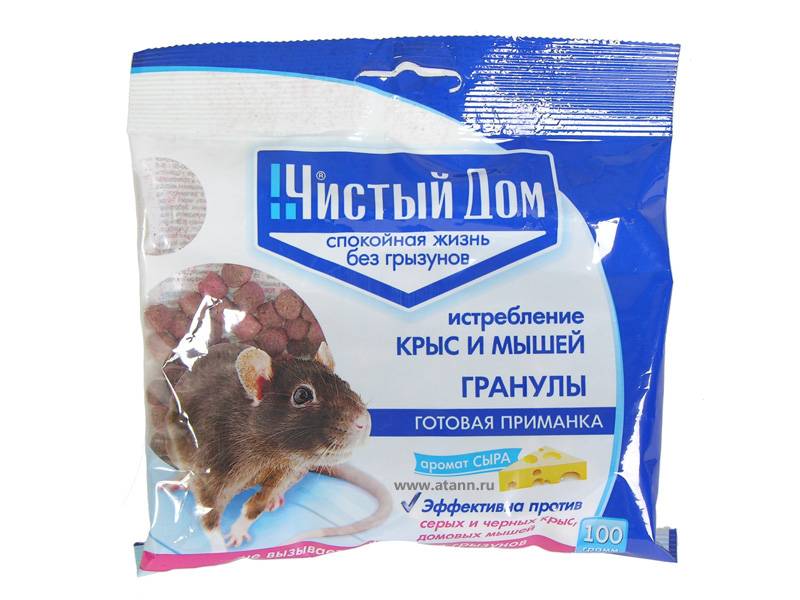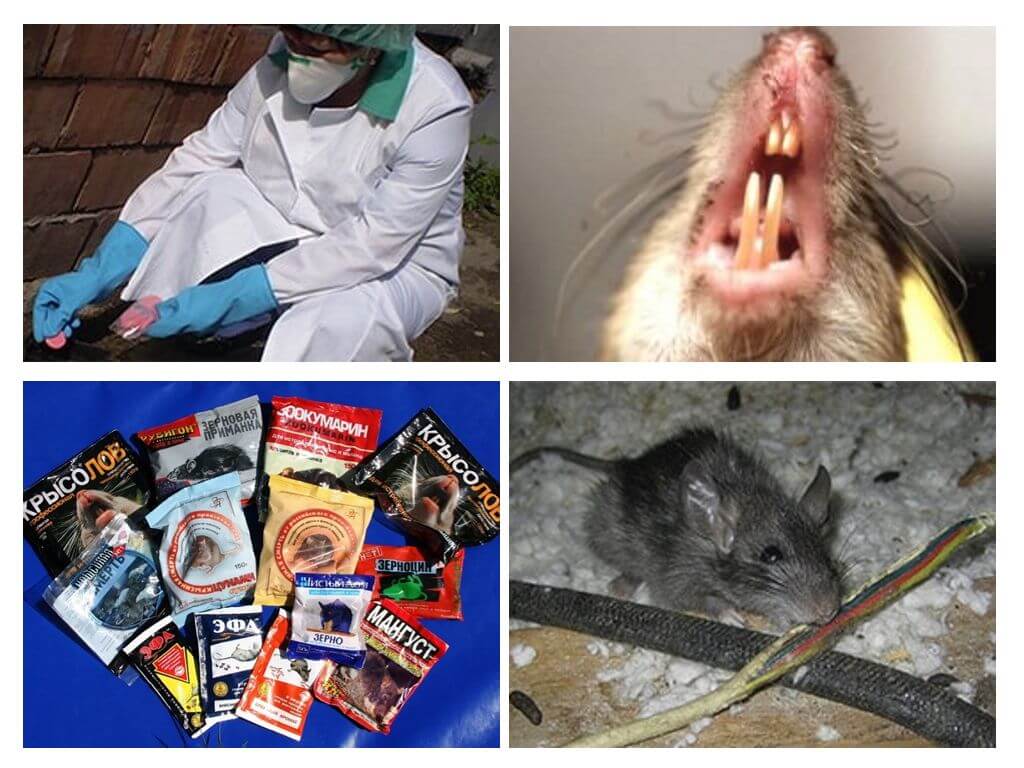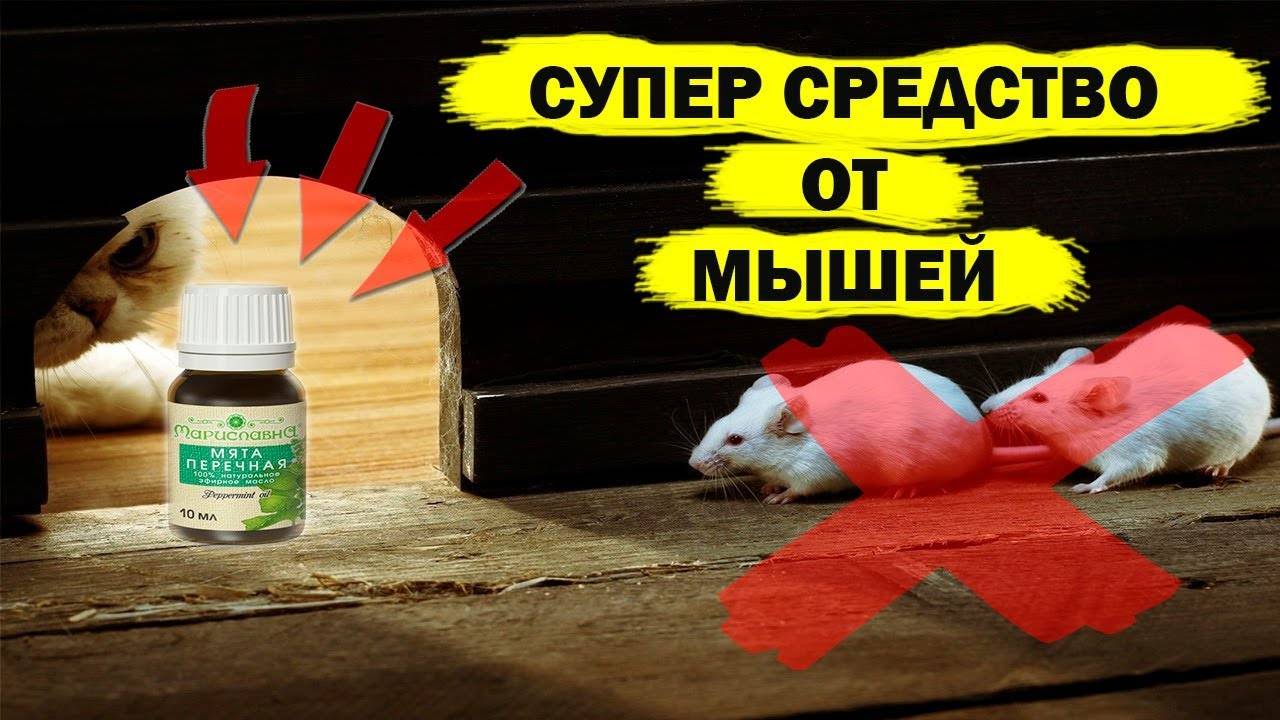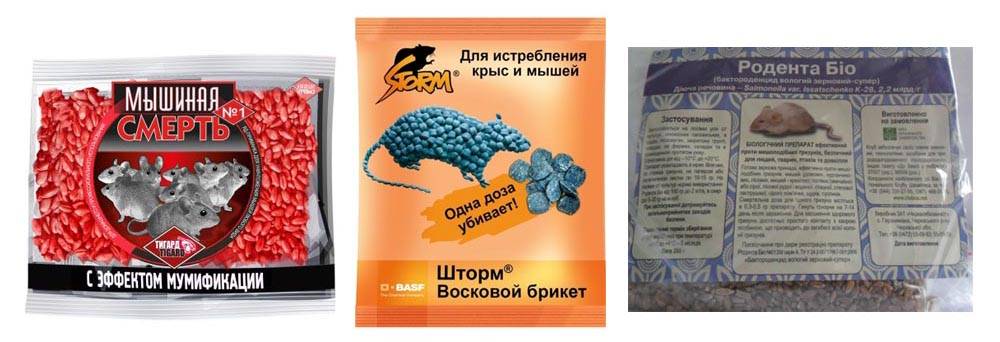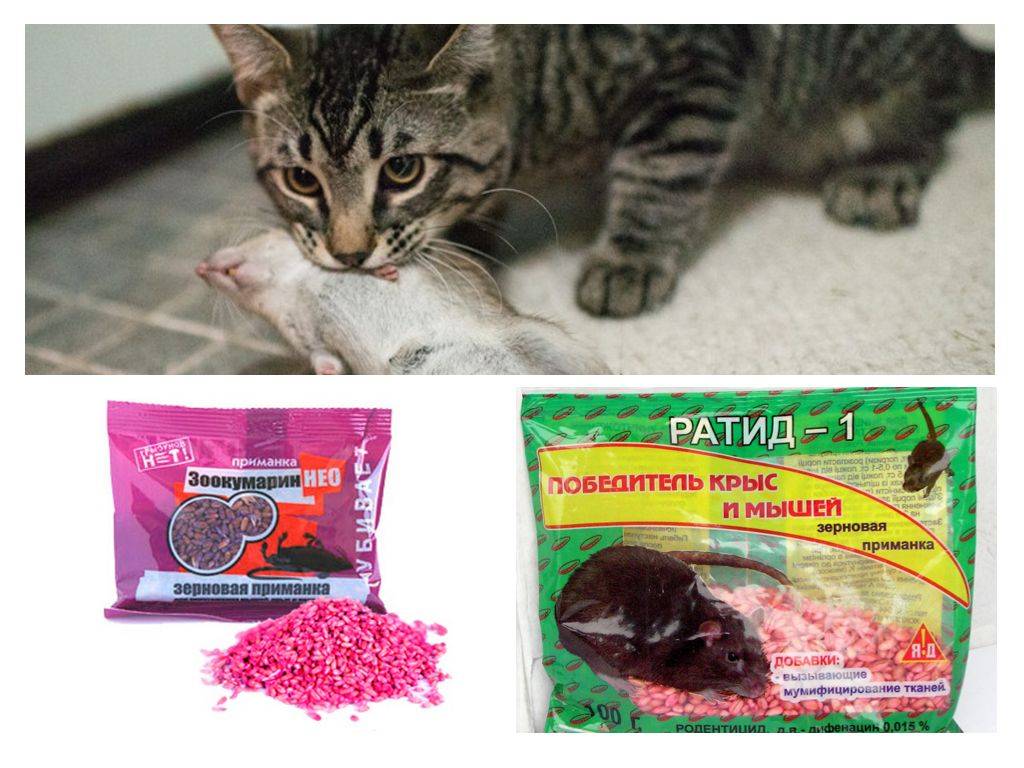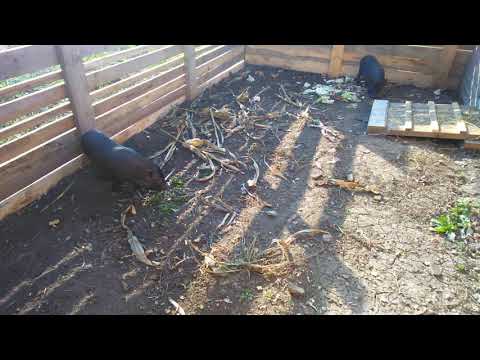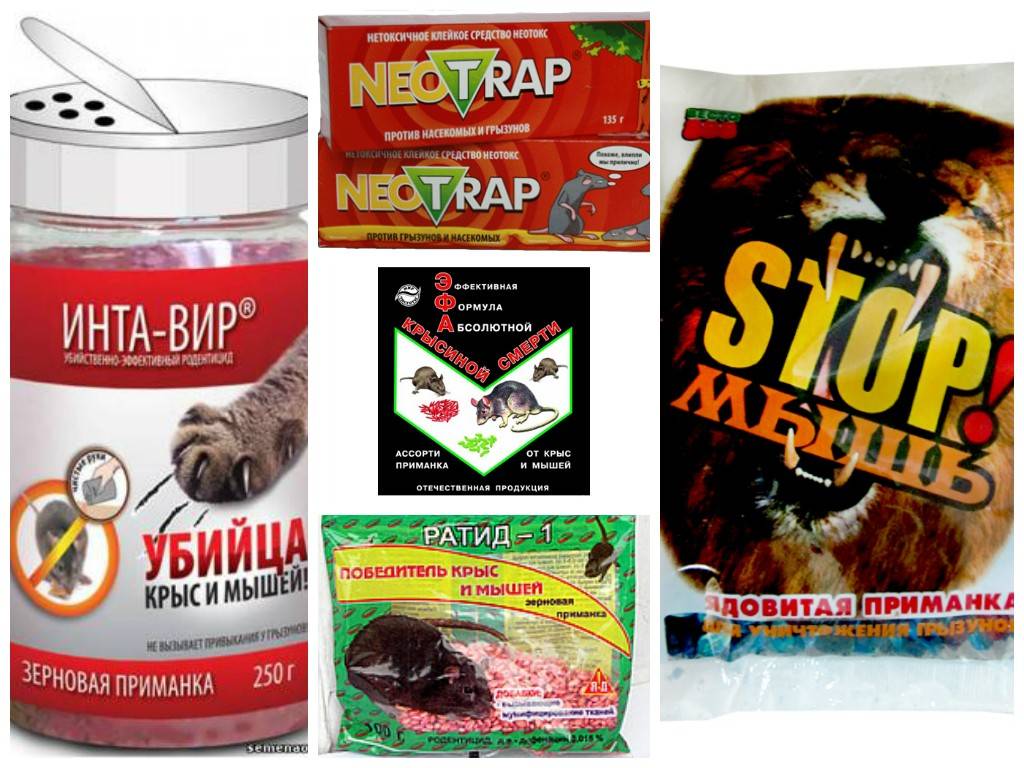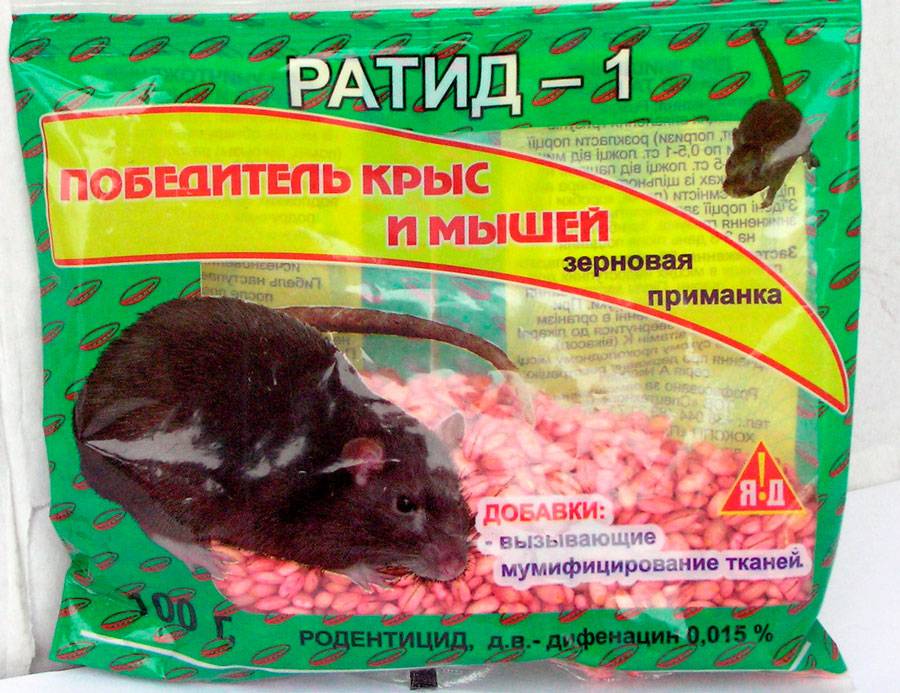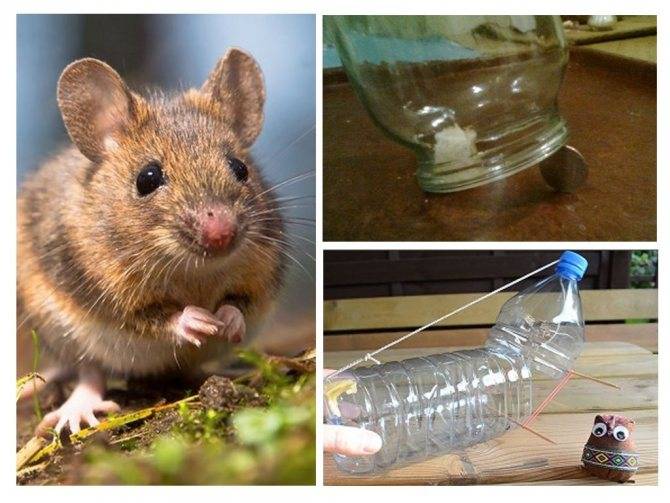How can you prevent rats from entering your home?
- Clean up the area near your home more often. Do not leave trash as it can be used by rodents and other pests.
- Watch for trees and shrubs near your home, as all rodents are attracted to thick branches and dry, unkempt plants. If they make a nest there, they will most likely want to visit your home in search of food.
- Make sure there are no entry holes or manholes in walls and other areas. Any through hole in the wall or roof of your home or outbuildings is guaranteed to bring these rodents to you, especially during the cold season. These creatures are excellent climbers and can go through even very small holes, so eliminate all possible entry points. Use metal mesh to cover any existing openings and reinforce weak points such as old doors and window frames.
- Eliminate any sources of standing water in the yard: When tailed beasts cannot enter the house, they prefer a humid environment. They are extremely dependent on water, and if the amount of fluid they consume is significantly reduced, they will die. This is why they need water or wet food.
- If you feed your pets outdoors, do not leave leftover food outside overnight. Rats in the house are especially active at this time and they will gladly come running to eat.
Observe these rules of prevention and you will not have to look for an answer to the question: how to deal with rats.

Poison Ingredients: How Do Rodenticides Really Work?
Rodenticides are toxic to rodents, but unfortunately to humans too. All these baits are deadly. Therefore, rat poisons are best used in conjunction with stations (like the Protecta LP Rat Bait Station for ~ $ 18.49).
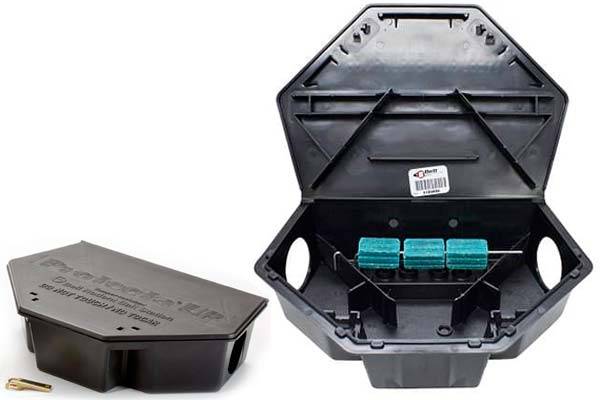
The active ingredients of rodenticides, which belong to the group of anticoagulants (for example, warfarin, difasinone and bromadiolone), interfere with blood clotting, causing severe internal bleeding and ultimately death from them.
Products containing non-anticoagulant active substances are toxic in different ways. They are capable of acting on the nervous system (for example, bromethalin). They increase the level of calcium in the blood, leading to kidney, liver or heart failure (eg cholecalciferol).
All poisons also belong to two different generations.
First generation poisons kill rodents slowly because they have a cumulative effect. For rodents to die, it is necessary that they feed on the poison for several days, and not just try it once. Most rat and mouse baits fall into this group these days.
Poisons of the second generation (for example, containing bromadiolone, brodifacum) can kill pests after a single dose of the poison.
Poisons come in both blocks, granules, and bar form (individually wrapped to help keep the bait fresh and smelling), etc.
- Using poison bait is usually cheaper than trapping because it is less time consuming and you don't need to check the rats every day. Thus, it is more profitable to use poisons in large rooms.
- You should be aware that mice and rats can learn to identify and avoid baits. To prevent this, scientists advise first to lay out the food bait in order to lull the vigilance of the rodents, and then replace it with a poisoned one.
- In arid areas, liquid rat poison works great.

Poisons and animals (cats, dogs)
Warning: there are no rat poisons that are safe for your pets! All poisonous baits are designed to kill animals and can also harm cats and dogs.Be very careful: if poison is swallowed, severe poisoning may occur.
If you are worried about pets, try an alternative method, electronic repellers. To get rid of rats, use only powerful scarers with a large area coverage.
User Cesar Rueda from the site warns: “Please be very careful when using bait if you have a dog. She will not be able to enter the station with bait, but many rodents have a tendency to drag out and hide bits of poison all over their backyard ... "
To prevent your cats or dogs from accidentally eating poison in the yard, you can, for example, plant poison on a strong wire on a fence or hide pieces of toxic product in places where your pets do not walk - and then wait for dead rats.
“Just use poison in garages and attics - ie. in places where your children and pets are usually not taken. It is possible that dying rats or mice will go outside and be eaten by other animals (although if you live in an urban area, the likelihood is low compared to rural areas), but usually most die near the place where you used the product
After the death of a rodent, an unpleasant odor will surely appear, which is why it is necessary to use the poison with caution in those places where it will then be difficult to find a corpse and eliminate it ”
Yes, poisons kill rodents. But you don't know where exactly they will die. Dying rodents are looking for a quiet place, and you're lucky if they can get out into the street in time. But, it is possible that their death will happen right in your house or shed, then an unpleasant surprise awaits you - the smell of dead rats.
How rats and mice can harm chickens in a chicken coop
Damage caused by mice and rats in a room used for keeping chickens consists in damage to drywall, concrete, electrical wiring, which, in addition to disturbing the microclimate of the room, carries a risk of fire if an electric spark hits the dry floor of the room. In addition, the following factors associated with the appearance of mice and rats can cause huge damage:
- Rodents play the role of a carrier of infectious diseases, among which the most common are leptospirosis, rabies and plague. This is due to the fact that in search of food, rats often visit breeding grounds of pathogenic microorganisms, for example, landfills, cattle burial grounds, toilets.
- In addition to the fact that rats act as carriers of pathogenic microflora, they can cause helminth eggs and parasites such as fleas and itch mites to appear in the chicken coop.
- Rodents' skills, despite a predominantly plant-based diet, allow them to steal eggs and damage chicks.
- Penetrating into the chicken coop, rats are able to steal food from feeders, destroy stocks of grain, root crops, mineral and vitamin supplements, and compound feed. In addition to directly destroyed food, rodents violate the integrity of the food, causing them to spoil.
The totality of the damage caused forces farmers to use various methods aimed at fighting rats and mice in the chicken coop.
Comparative analysis of first and second generation poisons
For deratization, anticoagulants of the first and second generation are used. First generation anticoagulants accumulate in the body when used repeatedly with food or water supplements. They are most effective against rats and voles. The drugs in this group include ratindan, ratifen, recurcid, zoocoumarin, zeracid.
Rat poison for mice and rats: how it works and which one is the most effective, read the article here.
Second-generation anticoagulants are effective in killing all rodents at very low concentrations, and death occurs after the first use. These include Rodeffakum, Rodialon, Geldan.
What leads to the appearance of rodents
- To ensure that your home is never again exposed to an invasion of fluffy pests, you should take simple preventive measures:
- Maintain cleanliness in the home, do not litter it.
- Avoid leaving crumbs and food debris on the table and floor, and thoroughly sweep the kitchen.
- Store all bulk products (cereals, flour, sugar) in tightly closed glass containers.
- Do not store cereals and flour stored for future use in bags - this will lead to massive reproduction of food moths and mice, which will eat up and spoil them.
- No food should be left in the kitchen at night.
- Garbage at night must either be thrown out, or very tightly closed with a lid.
- Skirting boards, doors, floors must be in good condition and without gaps so as not to let hairy pests through.
- All holes in the walls of the cellar must be securely sealed with a mixture of crushed glass and cement.
- In all areas where animals are kept, it is advisable to install ultrasound or magnetic resonance scarers to help keep rodents away from your property.
Reviews
Fighting mice can be a lengthy and laborious process, especially in a private home. And it may even seem pointless to get rid of rodents if others come to replace them. However, believe me, the numerous unpleasant consequences of the presence of mice make such a struggle simply necessary.
The appearance of rodents is due to certain factors. The main provoking moments include:
- Comfortable temperature. With the onset of cold weather, rodents begin to seek refuge for themselves, where they will be warm. From cold basements, rats are gradually moving to apartments and houses.
- Food. Food and food leftovers that remain on the table or are packaged in numerous packages are very attractive for rodents. Mice and rats easily get into hard-to-reach lockers where food is stored.
- Poor health standards. Food, crumbs of which are scattered around the room, garbage that has not been taken out for a long time, an abundance of things in rooms, holes in the baseboards - all these are ideal conditions for mice and other rodents.
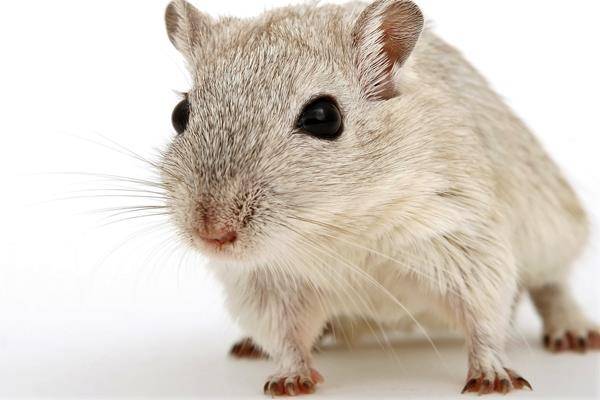
If you follow these tips, you can protect your home from pests:
As a rule, rodents settle in the crevices of the walls and holes in the floor, so make sure that all holes that form are always carefully sealed. Remember that the mouse is capable of crawling into a very narrow slot, so take even the smallest holes seriously. As soon as you find a gap, immediately seal it up or put up an iron obstacle. It is much easier to prevent the rodent from entering the house, blocking all the passages for it, than then looking for a means to fight it.
Keep your home clean. Leftover food on the floor or under kitchen furniture can attract not only cockroaches, but also mice. Try not to leave dirty dishes in the sink for a long time. Also remember that a cluttered room is great for rodents.
Clean regularly by moving or rearranging furniture
Mice like to wind up in secluded, inaccessible places, so it is important to examine such areas well for cracks or foreign objects.
If you have a private house or summer cottage, before the onset of cold weather, we recommend that you carefully inspect the territory and make sure that no mouse holes and nests have formed next to your home.
Pay special attention to shrubs and tree root areas. Remember that getting rid of mice in a private house is more difficult than in an apartment.
Next, we will consider ways to eliminate rodents at home.
Reasons for the appearance of earthen and water rats on the site
 One of the signs of the appearance of rodents is the appearance of characteristic holes in the ground.
One of the signs of the appearance of rodents is the appearance of characteristic holes in the ground.
Most often, earthen rats prefer to settle in less deserted places: they prefer fields, meadows and swamps. At times they can be found in backyards and gardens, even in barns and country cottages.
Important! Ground rats, despite their size, are not real rats: they are a large vole mouse. Reasons for the appearance of water rats:
Reasons for the appearance of water rats:
- Food proximity: food leftovers, uncleaned edible garbage, harvested crops. In summer, mice usually find food in the garden, in winter they feed on collected supplies, or make their way into stores and houses;
- A large number of shelters: basements, sheds and other non-residential premises, underground passageways of moles;
- No threat from humans: earthen rats are quite smart and cunning, they have learned to hide successfully.
Traditional methods
Alternatively, you can make rat poison at home using common household items and folk remedies such as cornmeal, gypsum, and others. Although they are less toxic, they should still be kept out of the reach of children and pets.
Gypsum and flour
Mix gypsum (lime) and flour 1: 1 together. Leave this mixture near a bowl of water. The rodent will eat and want to drink. Over time, the gypsum will harden in the stomach.
Wood ash
Application technology:
- take wood ash from the garden and finely chop;
- fill dry floors of the underground and cellar with it at the rate of one bucket per 5–10 sq. m .;
- ash contains alkali, which will corrode the paws of animals;
- when licking, it irritates the stomach.
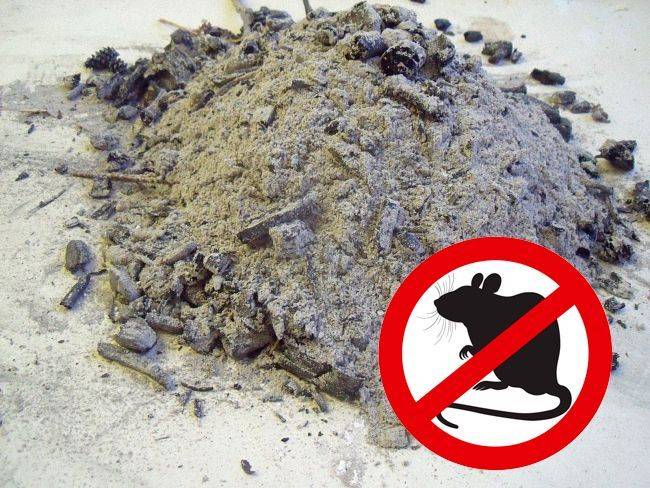
Peppermint or Eucalyptus essential oil
Application technology:
- Add 15–20 drops of peppermint oil or peppermint extract to 1 cup (240 ml) water and place in an aerosol can;
- spray peppermint oil around the area where you want to scare off rats, as they do not like the smell;
- you will need to spray the area from time to time at least once a week;
- mint can also repel spiders;
- You can dip cotton balls in peppermint oil and place them in places where rats have been.
Domestic cat
The cat is the natural enemy of all rodents. Owners do not need to specifically force the animal to hunt, because when communicating with a rat, a hunting instinct is triggered in it. Cats are able to drive away rodents once and for all.
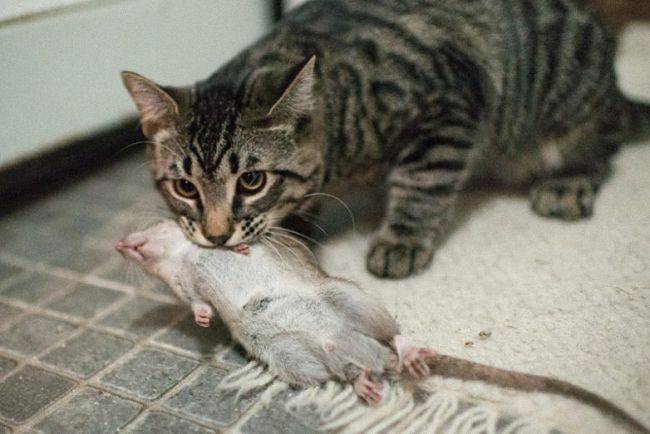
Camphor
Application technology:
- half a teaspoon of clean drinking water should be poured into a saucer;
- drip 4–5 drops of camphor oil there;
- pour boiling water into a container, put a saucer with butter on top;
- the container is wrapped in a towel;
- working time - 30 minutes.
Glass wool
To fight rats, broken glass or glass wool should be placed in the crevices and holes of the garden area where rodents appear. The method cannot be called humane, but it works great, especially with an overabundance of rodents.
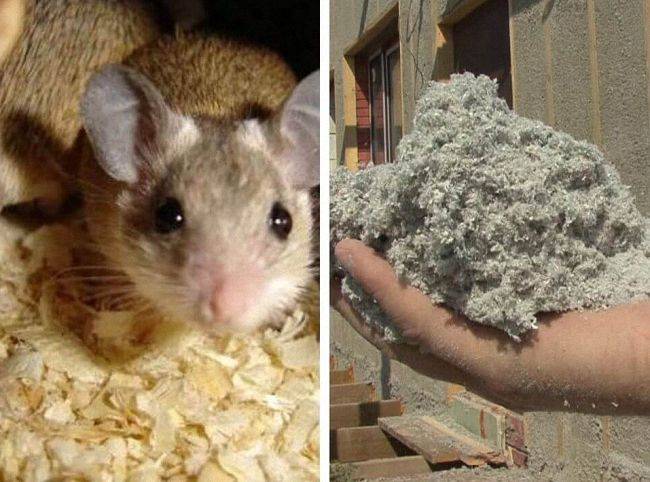
Water vole or ground rat in the garden: photos and measures to combat the pest by biological and chemical methods

A few days after the bait is laid out, it must be checked
Poison for rats affects various organs of animals: on the breath, bones, digestive, nervous or circulatory systems. Many products also have mummifying properties, thanks to which the corpses do not decompose or stink.
Using chemical poison is easy:
- You need to find burrows of rodents or their habitat;
- Put edible bait there (food or water mixed with poison) or leave ready-made products;
- After a few days, you need to check the amount of bait. To get poisoned, rats must eat a certain amount of poison (the exact amount is indicated on a specific product). If they eat less, it is likely that the rodent's body will adapt to the poison;
- After the first wave of deaths, you need to change the bait and poison
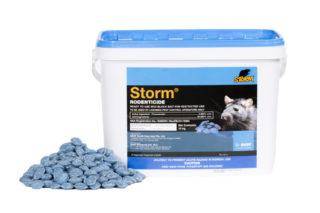
"Storm" is already ready to use
- "Nutcracker": is a doughy mass of blue or red color, which must be put in containers and placed near the holes. The capacity is necessary to eliminate human odor. The poison acts for 4-8 days and shows excellent results: about 90-100% of individuals die. The average price of a package weighing 10 grams is about 100 rubles *.
- "Storm": produced in the form of finished granules and briquettes of various weights. The advantages of the poison include special bitterness (rats do not feel it, and children and pets cannot eat too much) and mummifying properties. The price of a package of 4 briquettes of 4 grams is 40-60 rubles.
- Zoocoumarin NEO: Available in ready-made purple or pink grains and powder for mixing with food or water. Refers to slow-acting poisons: rats die within 1-1.5 weeks. The cost of a bag of grain weighing 100 grams is 20-30 rubles.
- Rat Death # 1: This is an extremely powerful but toxic product that looks like a paste-like substance packed in separate bags. It must be placed in separate containers, avoiding contact with skin or food. Death occurs 2-3 days after the poison gets inside, the colony completely dies out in a week. The average price for 100 grams is 50-60 rubles.
- Efa: produced in the form of briquettes and grains. When ingested, rats open internal bleeding, after which the individual dies in 3 days. "Efu" can be used as a prophylactic agent and left in hard-to-reach places: the agent does not release toxins into the air, although you cannot touch it with your hands. The average price of 100 grams of grains is 50 rubles.
Glue traps
Underlays made of plates, cardboard or paper with glue applied to them can also help create a barrier and even remove such pests from the apartment completely. To do this, simply lay these plates around the perimeter or in places of special activity of the rodent. Place the bait side by side or on the edge of the glue part.
Trap "Mr. Mouse"
- Release of finished products in the form of plates with a very viscous technical glue applied to one of their sides. Each such side of the plate is protected by a film, which is peeled off before direct use of the trap.
- One package contains 2 plates.
- The parameters of one substrate are 135 x 200 mm.
- They are laid out in the apartment at a distance of at least 2 m from each other.
- The approximate cost is 100 rubles.
Hello!
I would like to say a few words about the glue traps from mice. Sorry, maybe someone will not like it, but the effect from them is just 0 point, 0 tenths! It seems like a good idea to lure rodents so that they stick to death. But how much I didn’t buy for my dacha - everything is useless! If only one reptile was caught. An ordinary red cat helped me personally. I bought all sorts of things - Mr. Mouse and Kapkan, which did not work. Well, I laid it out in secluded places, well, I put bait on them. In my opinion, mice have become smarter than people, they just go to other places where you can profit. Why would they risk their lives ?! )))
Site "Kapkan"
- It is produced in the form of special flat areas on which the bait is placed and where any rodent can go, drawn by the smell of food and the aroma of the glue base.
- The active components of the glue base of the site are rubbers (50%), polyisobutene (24%), food attractant (2%), mineral oils (10%).
- It is completely harmless to people and pets.
- The area affected by the smell of glue and bait, which is attractive to pests, is 4 sq. M.
- Places where it is better to lay out - corners, baseboards, under the bathroom, in closets, near the trash can in the kitchen, behind furniture, near the walls.
- For the best bait, use nuts, a piece of fried bread or hard cheese.
- The average price is 135-150 rubles.
Glue "ALT"
- Release in the form of colorless, odorless glue for humans.
- Packaged in a special tube.
- Volume - 135 gr.
- The active ingredients are polyisobutylene, cycloisane and polybutylene.
- Moisture resistant.
- The principle of operation is an obstacle in the path of a rodent.
- Applied as follows - glue tracks (2 cm wide) are applied on a special substrate (size 10 x 10 cm) made of wood or plastic plate in the center or at a distance of 3 or 5 cm from each other.
- The product acquires adhesion 30 minutes after application.
- Such traps are laid out right next to holes or holes where rodents can crawl out.
- The average cost of a tube is 170 rubles.
Review:
Good day everyone!
We have been living with my husband in a private house for 5 years already. There have never been any mice or rats. And then, suddenly, it began! Where they got from - how the night falls. So you can hear not only their gallop, but also the gnawing of the floorboards. Well, we have to save the house, otherwise we'll be left without floors. We decided not to resort to folk methods, such as pouring boiling water into the mink, sprinkling with dichlorvos and using other wisdom. We immediately bought Alt glue, with which they "drew" paths directly into the cracks in the floor as a preventive measure. Well, the main option for using glue is to create an impromptu trap. It's ridiculously simple!
Take the glue in a tube, punch a small hole in the blocking foil, and apply it to the floor where rodents are most likely to crawl to the surface. Apply to the floor in the form of a ring in sufficiently wide stripes. The most favorite delicacy of mice is placed in the middle of the ring - for example, cheese, nut, bread, popcorn. We have already caught 5 mice, we didn't even have to get a cat. The glue itself is not toxic to people, but all the same, if there are small children in the house, it seems to me that you need to be careful and make sure that the children do not get into a makeshift trap. In my opinion, the remedy is very good, especially for those who are allergic to all sorts of sprayers, granules and even a cat.
How to get rid of rats in the house: 5 basic methods
Scientists identify the following effective methods for controlling rats: changing the habitat, scaring, destruction. Let's list the 5 most popular ways to get rid of such unpleasant neighbors:
- Use poison. Slowly but persistently poison the rodents with poisonous baits and hope that they go to die far from your home.
- Place rat traps or electronic traps. In the first case, you will need to manually throw out the corpses, and in the second, simply shake out the contents into the trash can.
- Drive them out with electronic ultrasonic repellers. Such scarers can be placed both in an apartment and in a private house.
- Use natural repellents around the perimeter of the house: sprays, granules and special sachets.
- Try folk methods.
Rat poison: features of use in the house
Poisoned baits (rodenticides) are the most optimal way to massively and quickly destroy tailed creatures. They are divided into 2 categories: chronic poisons (containing anticoagulants) and acute poisons. The former (including bromadiolone, brodifacum) disrupt the blood's ability to coagulate, causing bleeding - as a result, the rodents die from internal hemorrhages. The latter are no less toxic, but they act differently: they lead to renal, liver or other failure, and then to death.
Poisons can have a cumulative (cumulative effect) or kill immediately after the first dose - it all depends on the specific brand of poison and the active ingredient. Usually, poisons with anticoagulants in the composition take from several days to a couple of weeks to kill all pests. But no one knows exactly where each rat will eventually die - it can happen both in your house and on the street, if you're lucky.
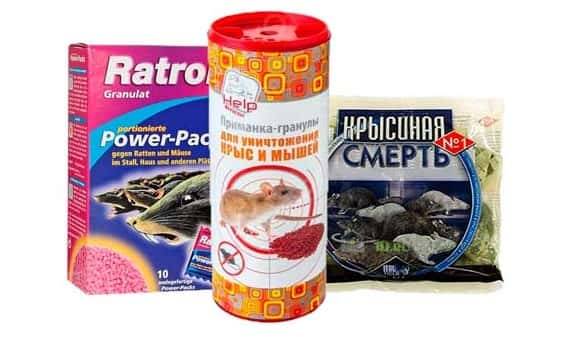
In addition, poisonous baits should not be left indoors near small children and pets who can naively try and eat the "candy" lying on the floor. It is better to place such products exactly where you have seen rodents, and not allow anyone there. Be sure to use gloves when handling rat poison - rodents can be scared off by human odor.
What poisons are most common today? The so-called "second generation" poisons based on brodifacoum and bromadiolone, which require only one feeding. Most popular products:
Remedy for rats and mice "Kysh"
“KYSH” is a rodenticide in the form of a soft doughy mass in a 100 g sachet. The active ingredient is brodifacum.With the help of this bait, you can get rid of unnecessary rodents in the house in the shortest possible time - and this is only for 145 rubles.
Price: 145 rub
Bait-pellets "Help"
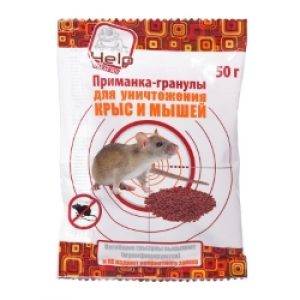 Bait-granules "Help" - granules based on bromadiolone. A 200 g pack allows you to quickly scatter pellets anywhere in the house. Also suitable for getting rid of moles and mice. A universal budget choice for 29 rubles.
Bait-granules "Help" - granules based on bromadiolone. A 200 g pack allows you to quickly scatter pellets anywhere in the house. Also suitable for getting rid of moles and mice. A universal budget choice for 29 rubles.
Price: 29 rub
Ratron Pellet Bait
Bait-granules "Ratron" for the destruction of rats and mice - a more expensive rodenticide from Germany for 409 rubles (5 bags of 40 g of poison). The active ingredient is brodifacum. Users note that the bait is so attractive to rodents that they themselves find it, gnaw through the package, eat it and die.
Price: 429 rub
Destroying rats with traps

Although electronic rodent traps are becoming increasingly popular these days, the most popular are traditional spring mouse traps (rat traps) and sticky rodent and insect traps.
If you don't have too many rodents in your apartment, then start with simple traps - they are quite effective, although this is considered a rather cruel way of exterminating pests. Use a traditional baited mousetrap - if there is only one rat running, then you can solve the problem quickly enough. These devices are very budgetary - the standard version, like a metal rat trap, can be bought for only 99 rubles.
What is the best bait for traps?
There are many options to choose from - you just have to know how best to replace a rodent in a trap. We remind you that for this you need not poisoned, but food or natural bait! You must choose the best way to lure unwanted neighbors inside the trap. This is a necessary step, because if the bait does not attract rats, they will never fall into the trap - and your rat problem will never be solved.
Have you heard of the “great rat elimination”? This is an example of a large rat-kill campaign. We hope that those reading this article have encountered only a small population of rats in the house - and using natural bait in traps will help solve the problem of capturing and killing rats.
You can choose any of the following options:
- Peanut butter: This is actually more effective than the cheese we often see in rodent cartoons. Rats are very attracted to peanut butter.
- Chocolate: The sweet smell of chocolate makes mice and rats leave their hiding places to feast on the treat as soon as possible.
- Bread: Regular bread or bread with a little butter on it is very effective as bait.
- Ropes, cotton wool: excellent bait materials. Rodents use them to strengthen and insulate their nests.

